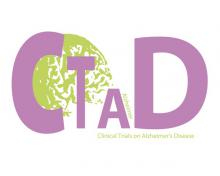On March 11, 2020, the World Health Organization declared the SARS-CoV-2 outbreak a pandemic (1). To date, the number of coronavirus cases has passed 400,000 worldwide, and more than 18,000 persons have died. After China, Italy is the country that has been most violently hit by the COVID-19 tsunami. With 69,176 cases and 6,820 deaths (updated on March 24th, 2020), the case fatality rate due to COVID-19 in Italy is one of the highest in the world (about 9.8%), well above what has been recorded in China (2). In particular, the Lombardy Region (with its cities of Bergamo, Brescia, Lodi, and Milan) is paying the heaviest toll to the coronavirus in terms of fatalities (3). The vast majority of deaths is occurring in older persons, a fact that can only be partially explained by the older age of the Italian population. In fact, although current data indicate that persons aged 70 years and older contribute to about the 85% of the death events in Italy, it cannot be overlooked the fact that Japan has substantially smaller figures despite being the oldest country in the world. It is likely that the strategies adopted for testing the population as well as the robustness of the healthcare system may play a much more relevant role than age in the explanation of the scenario.
(1) M. Cesari, M. Proietti J Nutr Health Aging. 2020;24 in press
Editorial Geriatric medicine in Italy in the time of COVID-19 (M. Cesari)



